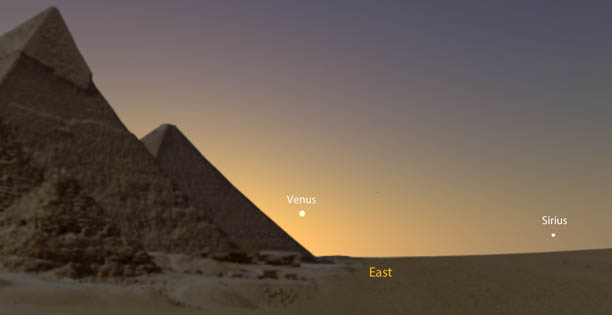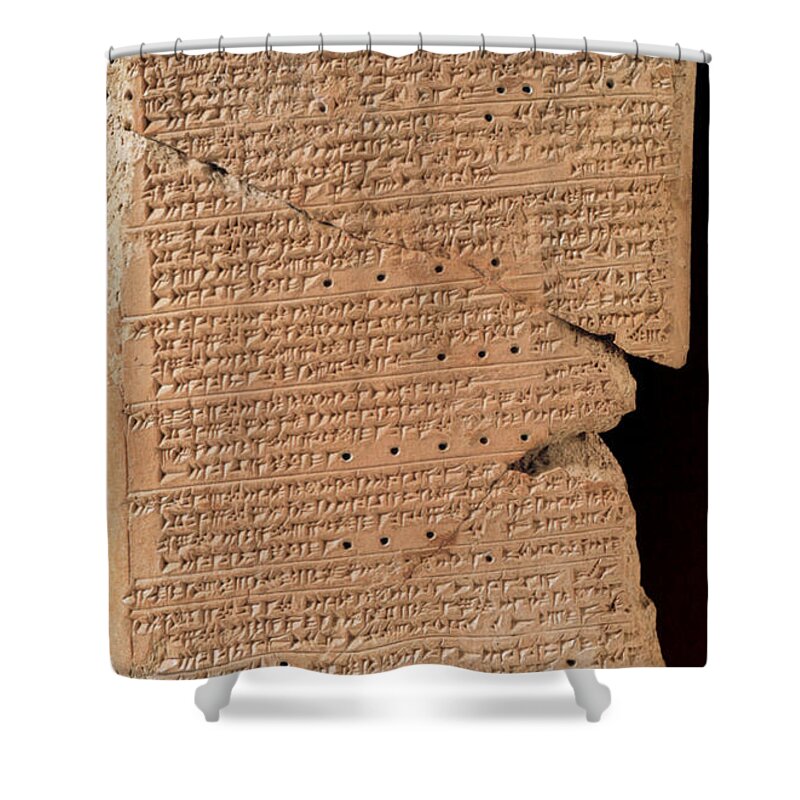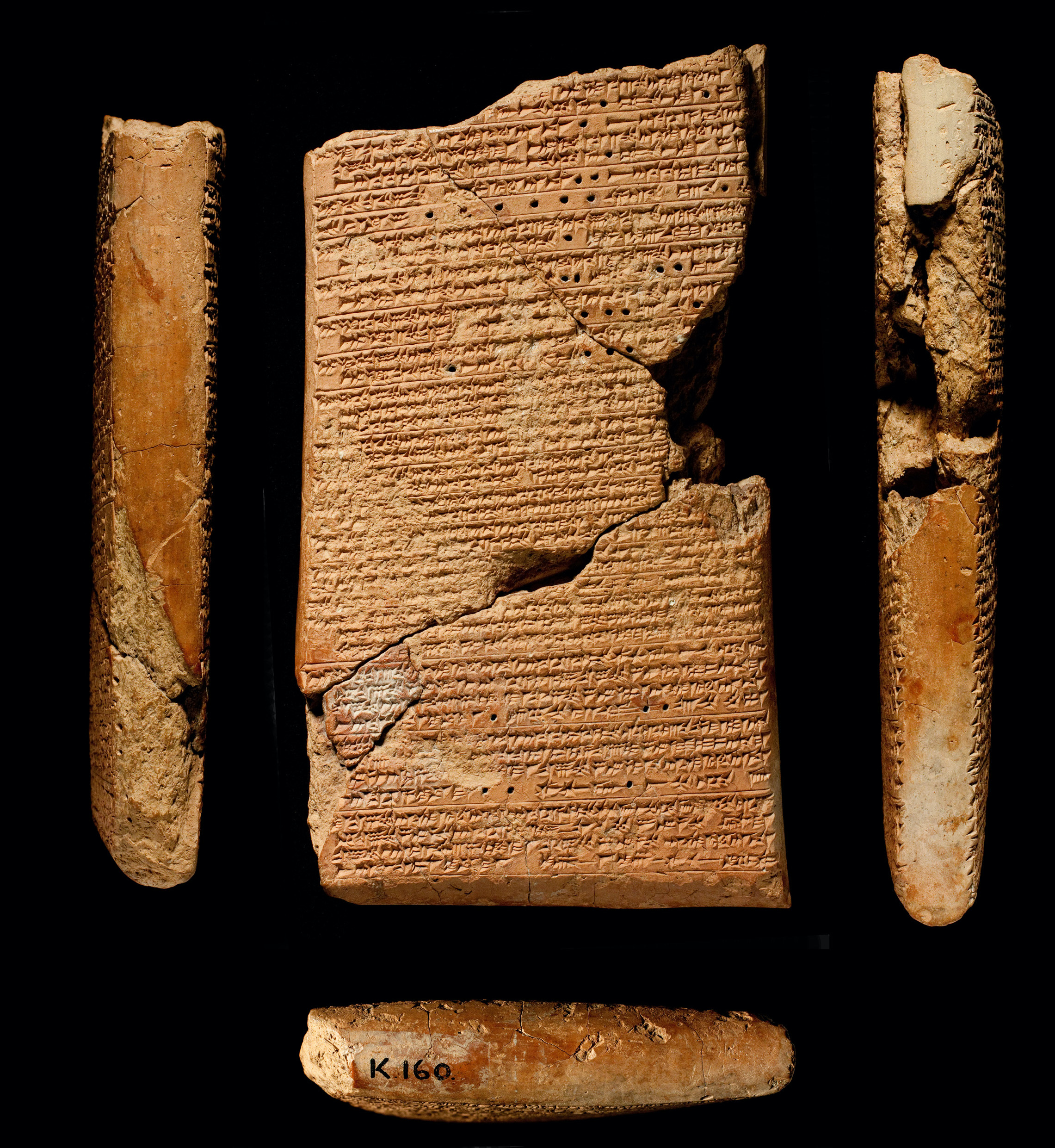Uncovering the secrets of ancient astronomical records is a captivating endeavor, shedding light on the intellectual prowess of our ancestors. One such remarkable artifact is the Venus Tablet of Ammisaduqa, a cuneiform tablet that has long intrigued scholars and enthusiasts alike. This comprehensive record of the movements of the planet Venus, dating back to the mid-seventeenth century BC, offers a glimpse into the sophisticated astronomical observations of the Babylonians.
The Astronomical Masterpiece
The Venus Tablet of Ammisaduqa, also known as Enuma Anu Enlil Tablet 63, is a remarkable document that chronicles the rise times and visibility of Venus over a period of 21 years. This astronomical record, believed to have been compiled during the reign of King Ammisaduqa, the fourth ruler after Hammurabi, provides valuable insights into the Babylonians’ understanding of celestial phenomena.
Deciphering the Tablet’s Mysteries

The Venus Tablet presents a wealth of information, including the lunar dates associated with the heliacal risings and settings of Venus. This data has been instrumental in corroborating Babylonian chronology, with various scholars proposing potential dates for the beginning of the recorded Venus positions, ranging from 1702 BC to as early as 1550 BC.
Challenges and Interpretations

While the Venus Tablet offers a remarkable glimpse into the past, it is not without its challenges. Uncertainties remain regarding the interpretation of the astronomical positions, with potential copying errors and issues related to atmospheric refraction and the slowing rate of the Earth’s rotation. These complexities have led to ongoing debates and scholarly interpretations, each shedding new light on the tablet’s significance.
Significance and Legacy

The Venus Tablet of Ammisaduqa is a testament to the Babylonians’ advanced astronomical knowledge and their dedication to recording celestial observations. This artifact has become a valuable resource for researchers, contributing to our understanding of ancient civilizations and the development of scientific thought. As we continue to explore and decipher the mysteries of this tablet, we gain a deeper appreciation for the intellectual achievements of our past.
Conclusion
The Venus Tablet of Ammisaduqa stands as a remarkable example of the Babylonians’ sophisticated astronomical prowess. This cuneiform record, with its intricate details of Venus’ movements, has captivated scholars and enthusiasts alike, offering a window into the intellectual landscape of the ancient world. As we unravel the complexities and uncertainties surrounding this artifact, we are reminded of the enduring legacy of our ancestors and the profound insights they have left behind.

